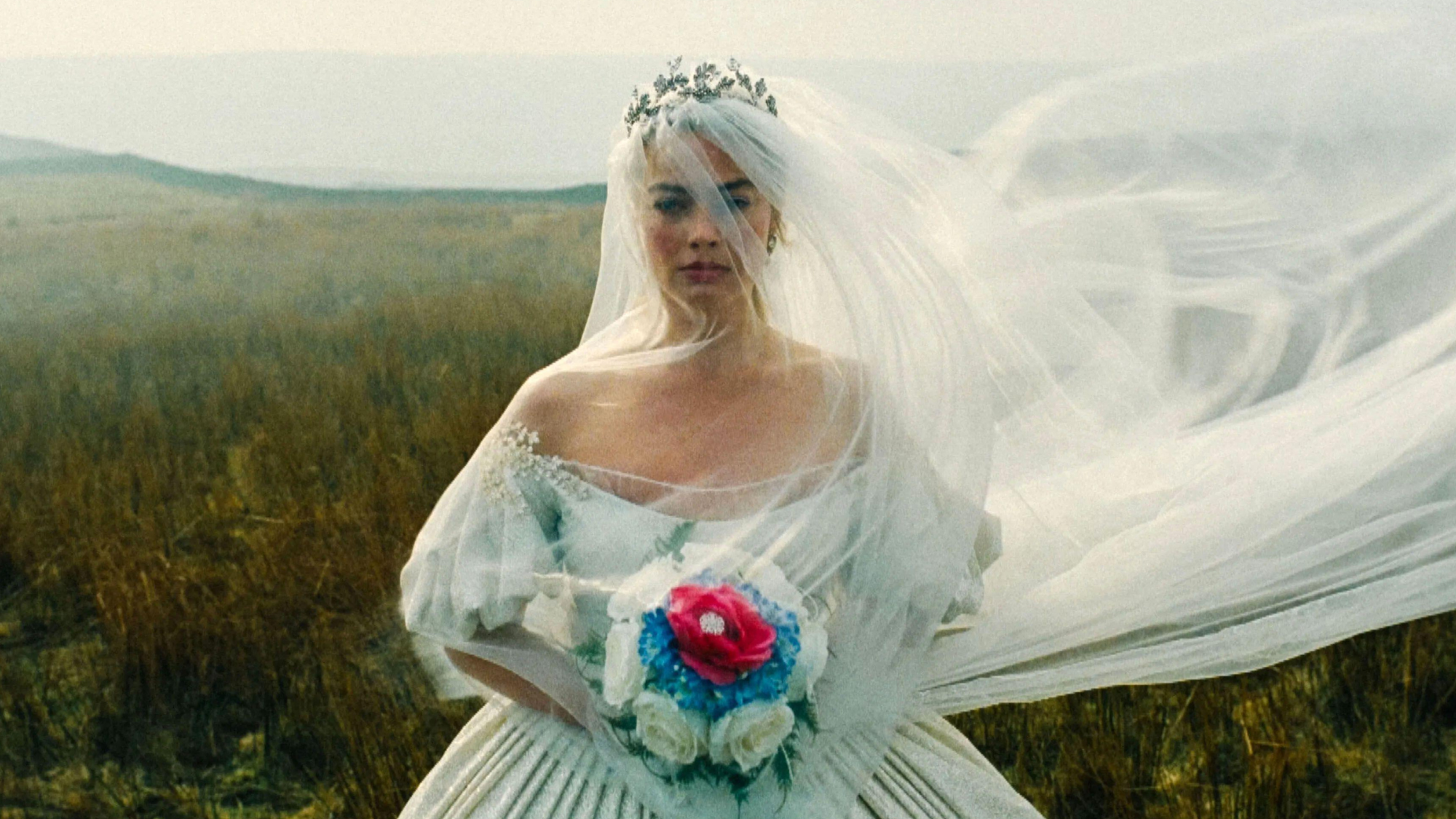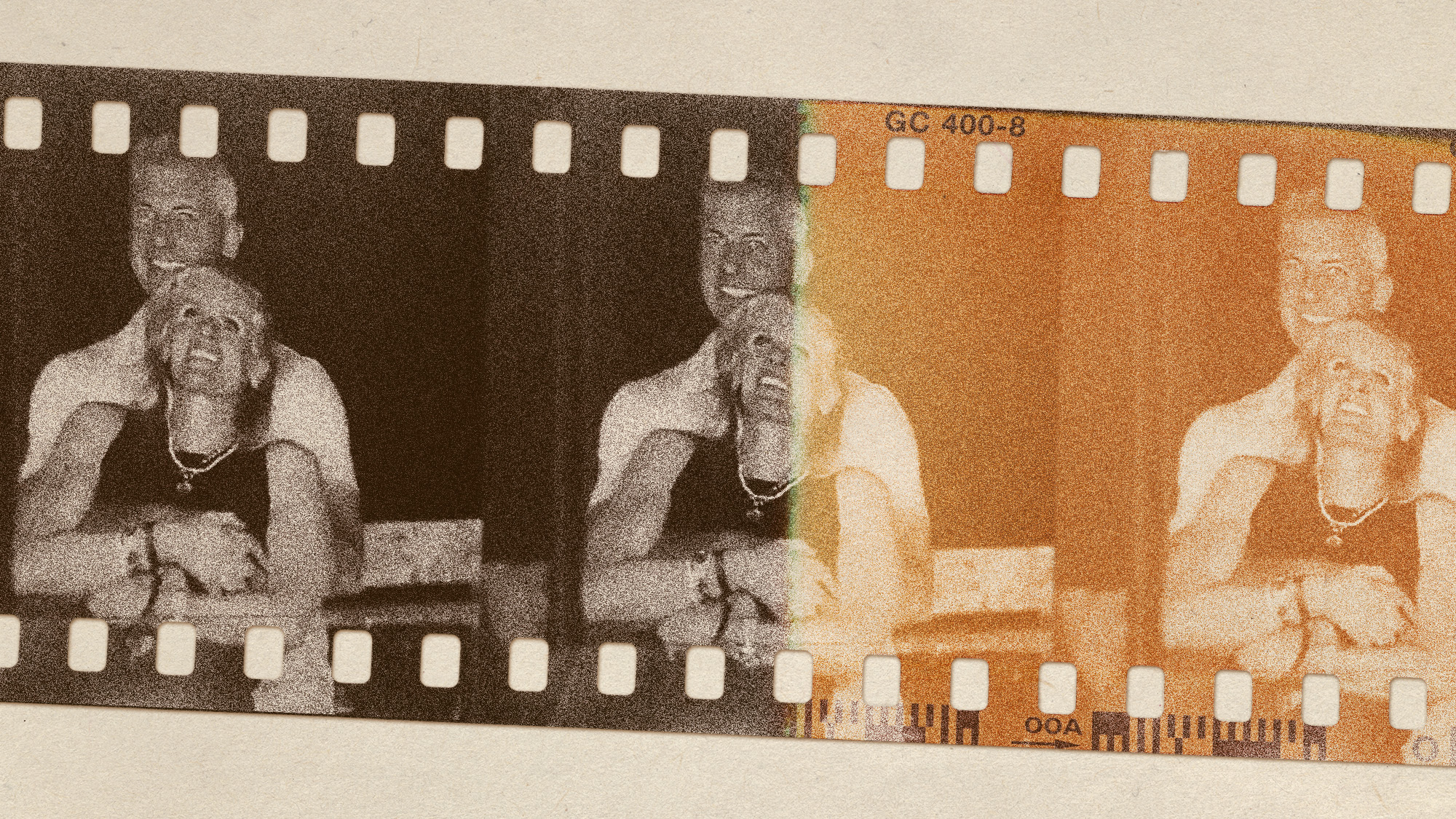Spies, moles, and national security
The U.S. intelligence community has been jolted in recent years by the revelation of several double agents in its ranks. How much of a threat do spies pose to our national security?
Why didn’t spying end with the Cold War?
The collapse of the Soviet Union, in 1991, did not end the wariness with which the U.S. and Russia view each other, given that each nation still has thousands of nuclear missiles. At the same time, lesser menaces have popped up all over the world. The CIA and other American intelligence services now focus on the danger posed by Middle East terrorists, industrial spies, and South American and Asian drug traffickers. “We have slain a large dragon,” said former CIA director James Woolsey. “But we now live in a jungle filled with a bewildering variety of poisonous snakes.”
How much does all this snooping cost?
The Week
Escape your echo chamber. Get the facts behind the news, plus analysis from multiple perspectives.

Sign up for The Week's Free Newsletters
From our morning news briefing to a weekly Good News Newsletter, get the best of The Week delivered directly to your inbox.
From our morning news briefing to a weekly Good News Newsletter, get the best of The Week delivered directly to your inbox.
Until recently, ordinary citizens could only guess. In 1997, though, the federal government released for the first time a blanket figure covering all the intelligence-gathering services, which cost $25.6 billion that year. This year, estimates put the bill for America’s spying and counterspying at $30 billion, about $10 billion less than the federal government will spend on education.
What do we get for the money?
In theory, intelligence provides our leaders with information they need to make sound foreign-policy decisions. The spying budget goes to 13 federal agencies. The National Reconnaissance Office gets $6 billion to launch and operate about a dozen satellites that monitor the planet from space. The most advanced of these can read an automobile’s license plate from hundreds of miles above the Earth. The National Security Agency, which gets $3.6 billion, handles electronic eavesdropping and the cracking of other countries’ codes. The Central Intelligence Agency gets $3.1 billion and is charged with doing America’s spying in foreign countries. The Federal Bureau of Investigation, with a budget of $3 billion, is mainly a domestic law-enforcement agency, but it’s also responsible for catching foreigners trying to spy in the U.S.
What information have U.S. enemies obtained from spies?
A free daily email with the biggest news stories of the day – and the best features from TheWeek.com
If you believe the spy catchers, traitors gave up the mother of all state secrets: the atomic bomb. Julius and Ethel Rosenberg, onetime Communist Party activists, were charged with taking part in a conspiracy to help the Soviet Union develop nuclear weapons by passing on documents from the nuclear-science laboratory in Los Alamos, N.M. They maintained their innocence, but were sentenced to death, and electrocuted on June 19, 1953. In 1995, evidence supporting the Rosenbergs’ guilt was found in some 3,000 decoded cables sent between Soviet agents in the U.S. and their Moscow handlers. These documents, written in the 1940s, seem to indicate that Julius Rosenberg was, in fact, working for the Soviets, and with his wife’s knowledge, although she may not have been directly involved.
How damaging were the recent double agents?
Intelligence analysts believe that CIA mole Aldrich Ames and accused FBI spy Robert Hanssen did their greatest damage by telling the KGB the names of U.S. agents in Moscow. The Soviet government hauled in 20 spies, every U.S. source in Moscow, based on a list Ames gave them. Most were executed. In exchange for $1.4 million in cash and diamonds, Hanssen told the Soviets the names of two U.S. agents, tipped them off about a tunnel under the Russian Embassy in Washington filled with spying equipment, and passed on so much sensitive material on U.S. intelligence gathering and nuclear-war plans that one FBI official said he gave Moscow “nearly the whole goddamn store.”
Isn’t China a greater threat than Russia now?
Yes, and U.S. intelligence resources have been shifted to reflect this change. A joint report by the FBI and the CIA last year determined that China has broadened its military spying efforts in the U.S. Intelligence experts suspect China got hold of cutting-edge missile technology that makes it possible to miniaturize atomic warheads, and found a source of secrets at the Los Alamos laboratory. In the latter case, the investigators targeted Chinese-American scientist Wen Ho Lee, before concluding there was no
proof that he had done any spying.
Has all this spying and counterspying really made a difference?
Intelligence officials say spying is an important weapon in the U.S.’s national-defense arsenal, especially in the age of terrorism. But many operatives who have turned on their homeland over the years have claimed they did so only after coming to see their life’s work as pointless. Author Pete Earley, who wrote Confessions of a Spy, about Aldrich Ames, says that Ames sold out after coming to the conclusion that the CIA rivalry with the KGB was nothing but a “meaningless game.” The espionage war between the U.S. and the Soviets, Ames felt, was more about “promoting careers” in each nation than the conflict between good and evil. Echelon: High-tech spying
Echelon: High-tech spying
-
 The most anticipated movies of 2026
The most anticipated movies of 2026The Week Recommends If the trailers are anything to go by, film buffs are in for a treat
-
 The biggest viral moments of 2025
The biggest viral moments of 2025In the Spotlight From the Coldplay concert kiss cam to a celebrity space mission, these are some of the craziest, and most unexpected, things to happen this year
-
 Environment breakthroughs of 2025
Environment breakthroughs of 2025In Depth Progress was made this year on carbon dioxide tracking, food waste upcycling, sodium batteries, microplastic monitoring and green concrete